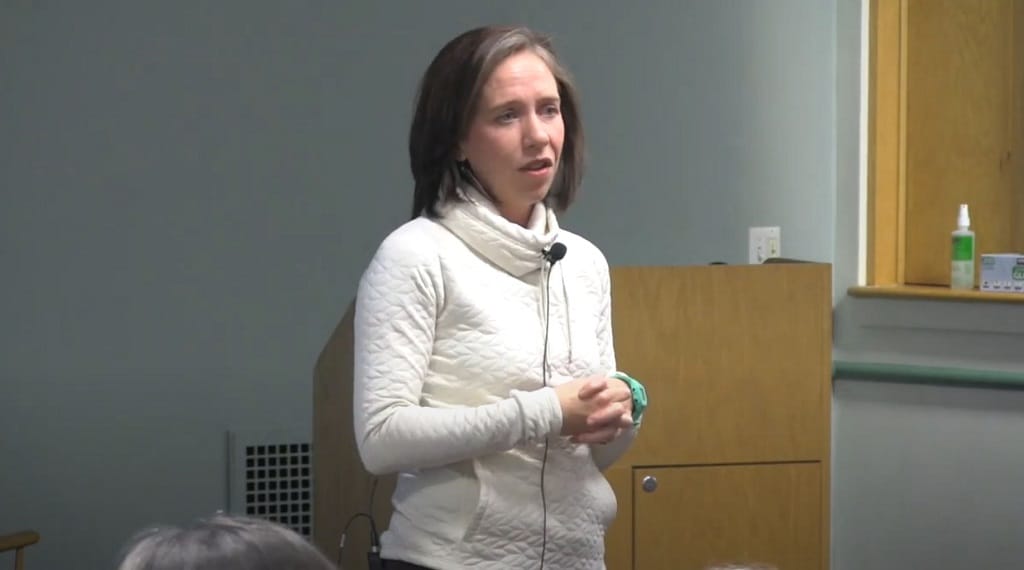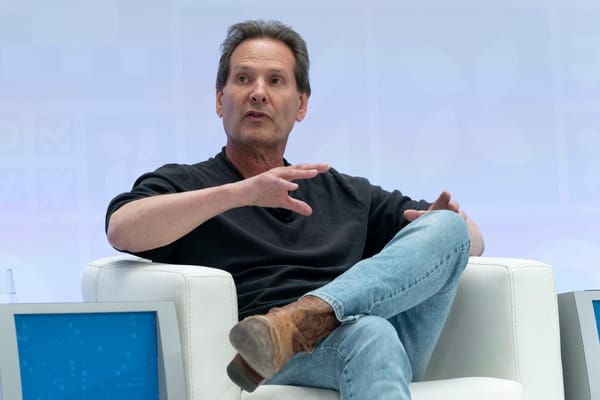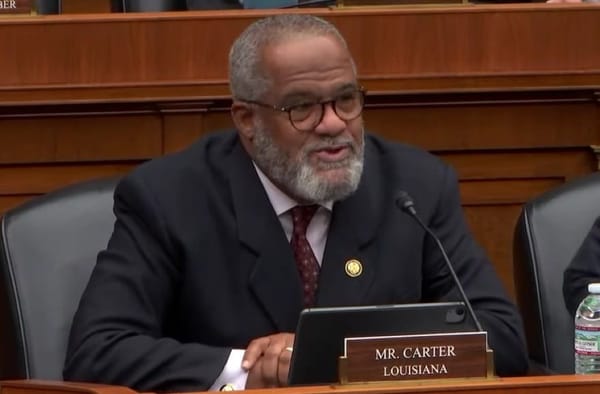Mapping Issues Raised As Major Problem for Connecting Rural Communities, Experts Say
Webinar hears how critical mapping is to bridging the digital divide.
Benjamin Kahn

August 23, 2021—A lack of accurate maps, data, and affordable services are slowing the ability for rural areas of the country to get adequate broadband, according to experts following a study on the matter.
Consumer Reports was joined by representatives from the Detroit Community Technology Project, the Hispanic Technology and Telecommunications Partnership, and the Center for Rural Strategies’ Rural Assembly to discuss issues contributing to the digital divide.
“We have a lot of data, which is great,” said Amira Dhalla, associate director for community engagement and operations with Consumer Reports. “But we need a lot more centered around communities and people who have had [inferior broadband service].”
“Broadband is a real gnarly mess,” said Whitney Kimball Coe, coordinator of the Rural Assembly at Center for Rural Strategies.
“It reminds me of a necklace that is all messed up and tangled and we all have to be pulling on it in the right direction,” Coe said. She chalked up most of the of the issues facing rural areas to insufficient mapping and data, and a lack of competition leading to inflated broadband prices.
Multiple efforts, such as the Rural Digital Opportunity Fund, have been put toward bridging the digital divide in rural areas across the country, but issues persist. Even when there appears to be ample funding to address the issue, rural communities still seem to lose out, as is the case with RDOF, where auction winners continue to default on their obligations due to inaccurate maps that failed to identify already served regions.
Coe said that while the FCC is responsible for creating broadband maps, she noted that carriers play an outsized role in how data is currently collected. Coe stopped short of accusing the carriers of lying about mapping data, though she pointed to how much power they have in the data sharing dynamic.
“Whatever the FCC says is really a narrative that comes from the providers themselves,” she said. “Maps should really include the customer’s actual experience on the ground.”
Gaps in majority and minority communities
Coe also discussed the disparities in service between majority and minority communities. She stated that 70 percent of Americans only have a choice between one or two ISPs and that rural and tribal subscribers pay up to 37 percent more for broadband than those in more developed areas.
Additionally, according to Rural Assembly data, 38 percent of rural Black Americans do not have access to broadband in their homes. “They are by far one of the most underserved communities in our country,” Coe explained.
Solutions must be catered to specific issues
Coe stated that the Rural Assembly firmly rejects the notion that a “one size fits all” solution can work. “A pot of money does not necessarily address the real problems we face on the ground,” she said. “We really need to focus on rural solution.”
For any solution to be viable, Coe argued that local ownership and investment needs to be a priority, in addition to network neutrality and open access models.
This webinar came hot on the heels of Consumer Report’s “Let’s Broadband Together” initiative—a collaborative effort between Consumer Reports, the Benton Institute for Broadband and Society, Public Knowledge, and many other organizations—that surveyed more than 15,000 internet bills from more 30,000 participants to determine the level of service consumers are receiving relative their bill, location, salary, and other features.










Member discussion